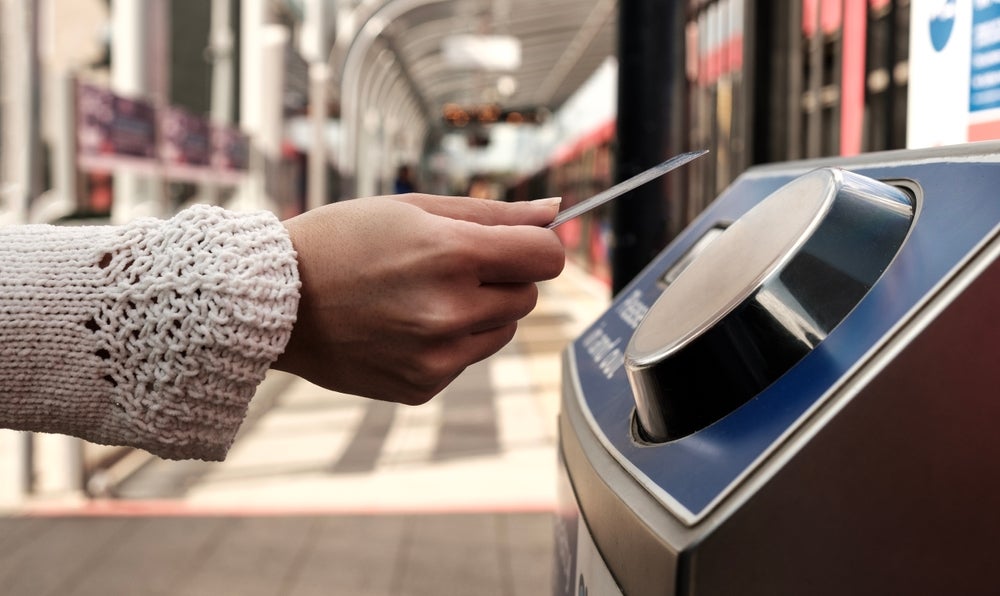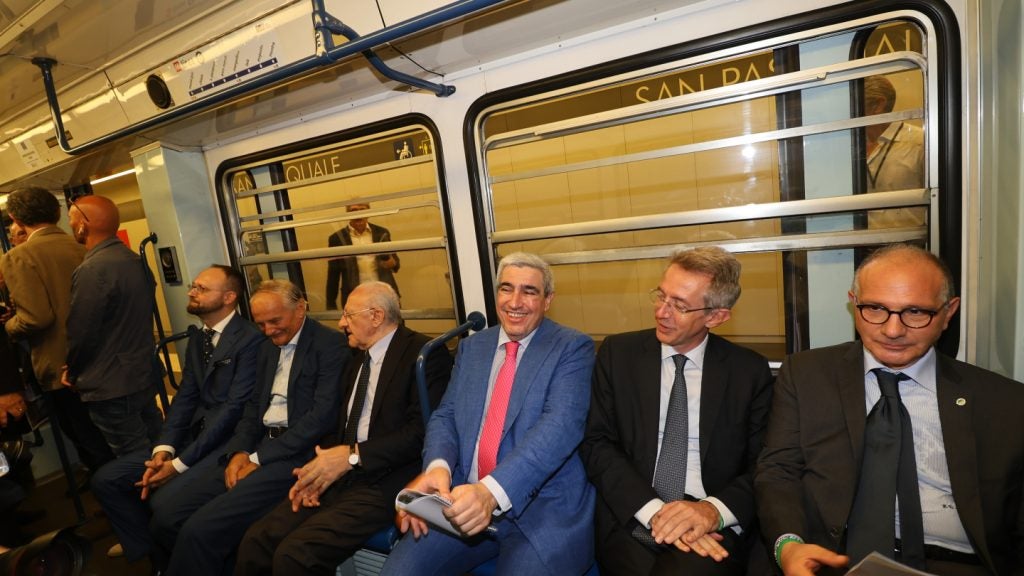Transport for London (TfL) has long been regarded as the gold standard when it comes to open loop transport systems around the world. Processing over three million contactless journeys a day – 60% of which are pay-as-you-go transactions – TfL’s system shows just how effective an open loop system can be when deployed at scale.

In fact, demand for contactless ‘tap and go’ travel has become so high amongst London’s residents, visitors, and commuters that the technology has been extended to additional stations surrounding the city, with more planned in the near future.
But despite TfL’s clear success with open loop, questions remain over just how easily other transport agencies could copy its blueprint. After all, TfL has significant size and scale advantages that many others don’t. Furthermore, while open loop systems undoubtedly offer a wide range of benefits, they also still present numerous challenges that must be solved before they can be fully embraced.
With this in mind, what lessons can other transport agencies learn from TfL’s open loop success to date, and how can they overcome the remaining barriers that prevent them from replicating this success themselves?
The open loop vs closed loop debate
While open loop systems are on the rise, many transport agencies currently still rely on closed loop systems. Both systems offer different solutions to the same issue, namely how people pay to use the transport services being provided. A great example of a closed loop system is TfL’s Oyster card, which many customers still choose to use on its network despite the availability of an open loop alternative.
See Also:
Closed loop systems rely on proprietary cards and technology to work, with cards needing to be pre-loaded with money before customers can use them for payment. Conversely, open loop systems allow customers to use their normal contactless Europay, Mastercard or Visa (EMV) banking cards to tap in and tap out of transport services as needed, with payment taken directly from the cards via their banking provider.
How well do you really know your competitors?
Access the most comprehensive Company Profiles on the market, powered by GlobalData. Save hours of research. Gain competitive edge.

Thank you!
Your download email will arrive shortly
Not ready to buy yet? Download a free sample
We are confident about the unique quality of our Company Profiles. However, we want you to make the most beneficial decision for your business, so we offer a free sample that you can download by submitting the below form
By GlobalDataBoth systems remain popular with transport agencies all over the world, with some like TfL using them in tandem to give customers more choice. However, open loop systems are slowly but steadily starting to replace older closed loop systems as/when the opportunity arises. There are several reasons why this is happening:
Firstly, almost all potential transport passengers already possess an EMV bank card, and/or NFC-enabled smart device that’s compatible with open loop technology, eliminating the need to supply them with a dedicated card, as is required with closed loop systems. Not only is this more convenient for passengers, but it also saves transport agencies significant money over time.
Secondly, provided the open loop terminals support EMV payment brands, open loop systems are globally interoperable by default. Conversely, closed loop systems are almost always proprietary, so corresponding cards and payment methods will only work in their specific location.
Thirdly, open loop systems’ use of EMV bank cards means they don’t require passengers to apportion funds to specific pre-pay cards like closed loop systems do, making them more versatile. Furthermore, most open loop systems offer the same daily or weekly fare capping as closed systems, so there are no downsides for customers.
Open loop systems aren’t for everyone – yet
It’s natural to assume every transport agency is in the process of migrating to open loop systems as quickly as possible, but that isn’t the case. Why? Because open loop still has several drawbacks that need to be addressed before it becomes the top choice for everyone.
For example, a major issue with an open loop system is the fact there’s no viable payment alternative for customers who don’t possess an EMV card or don’t want to use the cards they do have in this manner. Consequently, agencies using open loop systems still need to provide an alternative solution as well.
Another issue is the fact that agencies using open loop systems must pay merchant-service fees to the banks to collect fare revenue. An agency the size of TfL can use its significant size and scale to negotiate favourable rates in areas like this, but smaller agencies don’t have that luxury. In addition, regulations in the UK, as in the European Union, cap interchange rates at 0.2% for debit payments and 0.3% for credit, which is much lower than in other countries like the US.
A final stumbling block for current open loop systems is the problem they have with customer concessions, which many agencies see as a deal breaker. A significant number of transport customers qualify for concessions, such as students, pensioners, veterans and more.
However, most open loop systems don’t currently have the technology in place to correctly identify and support these customers at the point of payment. While this technology is slowly starting to appear, mass adoption is still some way in the future.
Could account based ticketing provide the perfect solution?
Open loop continues to gain momentum, but for some transit agencies, the ability for customers to pay using bank cards fuels support for another option – account based ticketing (ABT). True ABT systems can combine the information formerly stored on both fare and validation devices by transferring it to the back office.
Modern ABT solutions also work across multiple types of travel media such as contactless smart cards, barcodes (on paper or screen), contactless payment cards (EMV), and mobile devices. Plus, they use simplified validation devices that just need to read and authenticate travel media.
This minimises the dependencies between the back office ABT and the validation devices, making it much easier for agencies to make updates as required while giving riders absolute freedom. Riders can use traditional agency-issued smart cards, open payments and/or digital wallets, offering the best of all worlds.
ABT can also be used to solve the concession issues still plaguing open loop systems. New York’s transit agency is a great example of a large-scale system that has successfully linked concessionary discounts to open-loop cards and wallets, with the discounts calculated in the back office. Travellers can add a concession, such as student or retired status, to their bank card which means they get the concession price every time they tap, just as they would on a closed loop smart card, resulting in a win-win solution.
While TfL has shown the massive potential of open loop systems, lingering barriers and technological issues mean other transport agencies cannot yet copy this success. Until then, modern ABT solutions offer a great alternative, solving many of the pain points and giving customers the widest range of payment options possible for their journeys.









Related Company Profiles
Transport for London